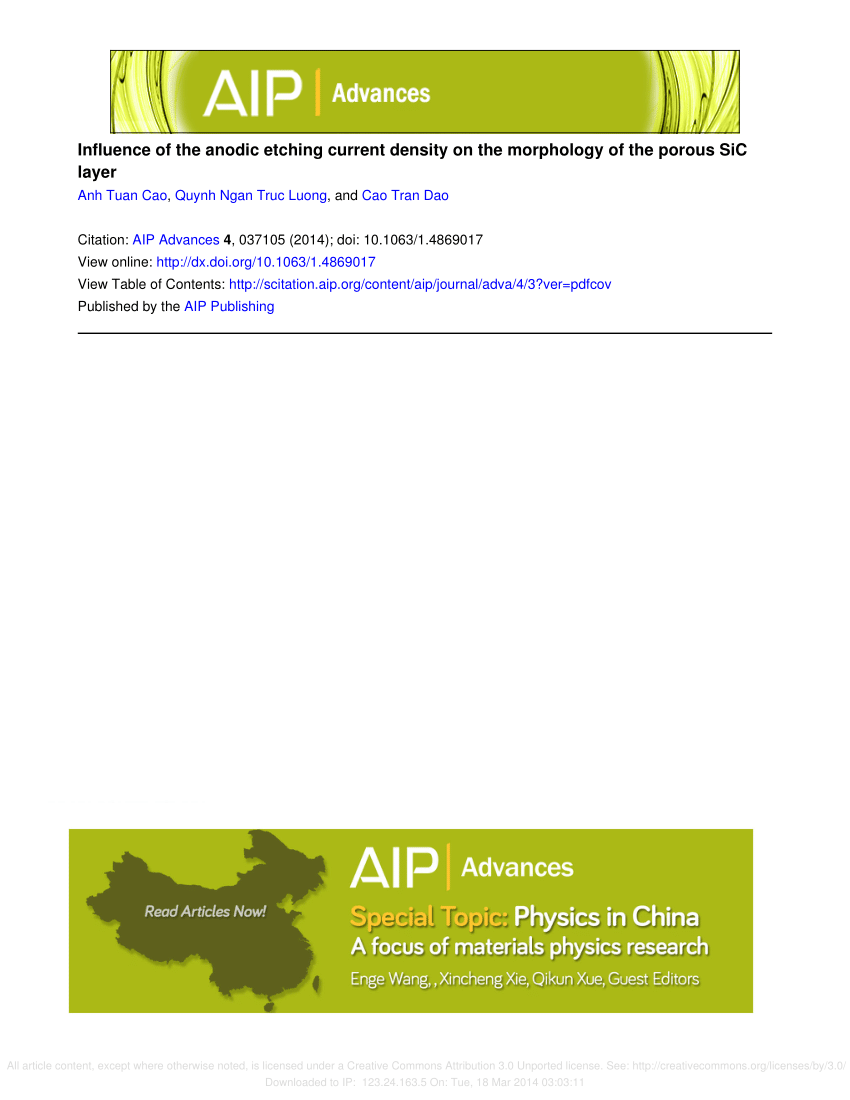二维粗粒度成像数据的三点速度估算方法
IF 1.4
4区 物理与天体物理
Q4 MATERIALS SCIENCE, MULTIDISCIPLINARY
引用次数: 0
摘要
时延和速度估算方法是信号处理领域广泛研究的课题,在物理学的许多不同领域都有应用。波或相干波动结构的速度通常是用两个测量点之间的距离除以使测量信号之间的交叉相关函数最大化的时滞来估算的,但这已被证明会导致对两个空间维度的错误估算。我们提出了一种改进的方法,依靠三个不对齐的测量点来精确估算速度矢量的两个分量。我们引入了一个随机过程,将波动描述为在两个维度上移动的不相关脉冲的叠加。利用这一模型,我们证明了三点速度估算法利用通过交叉相关计算出的时间延迟,在所有脉冲具有相同速度的情况下,可以得到精确的速度分量。我们在已知基本速度分量的此类过程的现实生成的合成数据上对两点和三点方法进行了测试。结果表明三点技术更胜一筹。最后,我们展示了速度估算在气泡成像数据上的适用性,这些数据是由于阿尔卡特 C-Mod 托卡马克边界上的相干球状结构的径向运动引起的强烈间歇性等离子体波动。本文章由计算机程序翻译,如有差异,请以英文原文为准。
A three-point velocity estimation method for two-dimensional coarse-grained imaging data
Time delay and velocity estimation methods have been widely studied subjects in the context of signal processing, with applications in many different fields of physics. The velocity of waves or coherent fluctuation structures is commonly estimated as the distance between two measurement points divided by the time lag that maximizes the cross correlation function between the measured signals, but this is demonstrated to result in erroneous estimates for two spatial dimensions. We present an improved method to accurately estimate both components of the velocity vector, relying on three non-aligned measurement points. We introduce a stochastic process describing the fluctuations as a superposition of uncorrelated pulses moving in two dimensions. Using this model, we show that the three-point velocity estimation method, using time delays calculated through cross correlations, yields the exact velocity components when all pulses have the same velocity. The two- and three-point methods are tested on synthetic data generated from realizations of such processes for which the underlying velocity components are known. The results reveal the superiority of the three-point technique. Finally, we demonstrate the applicability of the velocity estimation on gas puff imaging data of strongly intermittent plasma fluctuations due to the radial motion of coherent, blob-like structures at the boundary of the Alcator C-Mod tokamak.
求助全文
通过发布文献求助,成功后即可免费获取论文全文。
去求助
来源期刊

AIP Advances
NANOSCIENCE & NANOTECHNOLOGY-MATERIALS SCIENCE, MULTIDISCIPLINARY
CiteScore
2.80
自引率
6.20%
发文量
1233
审稿时长
2-4 weeks
期刊介绍:
AIP Advances is an open access journal publishing in all areas of physical sciences—applied, theoretical, and experimental. All published articles are freely available to read, download, and share. The journal prides itself on the belief that all good science is important and relevant. Our inclusive scope and publication standards make it an essential outlet for scientists in the physical sciences.
AIP Advances is a community-based journal, with a fast production cycle. The quick publication process and open-access model allows us to quickly distribute new scientific concepts. Our Editors, assisted by peer review, determine whether a manuscript is technically correct and original. After publication, the readership evaluates whether a manuscript is timely, relevant, or significant.
 求助内容:
求助内容: 应助结果提醒方式:
应助结果提醒方式:


